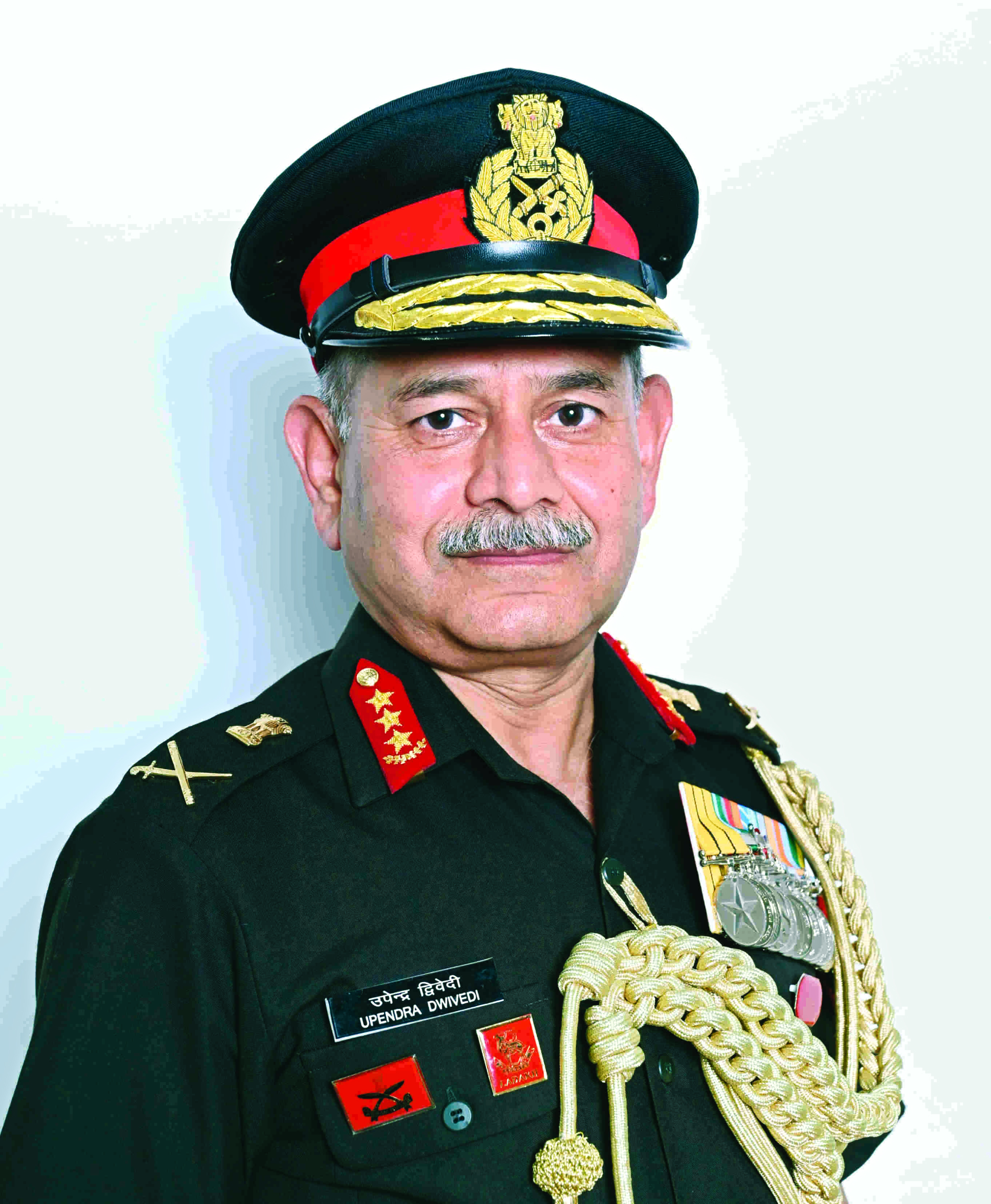Army Chief: Situation along India’s northern border ‘stable but sensitive’

New Delhi: Indian Army Chief General Upendra Dwivedi on Monday described the situation along the northern border as “stable but sensitive”, while outlining key updates on border management and security measures during his annual press conference in the national capital.
He focused extensively on the developments in eastern Ladakh, where critical steps have been taken to address issues arising since the standoff with Chinese forces in 2020.
General Dwivedi noted that traditional patrolling and grazing activities have resumed in sensitive areas like Depsang and Demchok, reflecting significant progress in reducing tensions.
He emphasised that both sides have reverted to their traditional patrolling zones and have completed multiple verification patrols to ensure compliance with disengagement agreements. Grazing grounds previously off-limits to locals have also been reopened, signalling a return to normalcy for the local communities.
However, he clarified that the region has no permanent buffer zones. Instead, temporary distances are maintained at specific points to avoid inadvertent conflicts. The focus remains on dialogue and ground-level resolutions, with core commanders empowered to address minor disputes swiftly to prevent escalation.
Strategic patience continues to guide India’s approach, with the Working Mechanism for Consultation and Coordination (WMCC) meeting on border affairs expected to shape future measures to manage tensions effectively.
Turning to Jammu and Kashmir, the Army Chief highlighted that the overall security situation in the region is firmly under control.
He noted that the ceasefire agreement along the Line of Control (LoC), which has been in effect since February 2021, has largely held. However, he expressed concern over the persistent threat posed by terror infrastructure across the border.
General Dwivedi revealed that infiltration attempts, as well as the use of drones to smuggle weapons and narcotics, continue to be significant challenges.
Increased terrorist activity has been observed in north Kashmir and other areas such as Doda, Kishtwar, and Poonch. In response, the Army has intensified counter-terror operations, reinvigorated its security grid, and ensured robust surveillance along the LoC.
According to the Army Chief, 60 percent of the neutralised terrorists in recent operations were of Pakistani origin, further underscoring the external dimensions of the threat.
Despite these challenges, General Dwivedi struck an optimistic tone, pointing to signs of positive change in Jammu and Kashmir. The region has witnessed a surge in development activities, a successful Amarnath Yatra with over five lakh pilgrims, and peaceful elections. He said these developments indicate a broader transition from “terrorism to tourism,” contributing to a stable and secure environment.
General Dwivedi also reaffirmed the Army’s commitment to ensuring national security and fostering a conducive environment for growth. He outlined the Army’s focus on modernization and integration of advanced technologies to enhance its operational capabilities. Among the initiatives is the phased Emergency Procurement (EP) programme, aimed at bolstering combat readiness. Recent approvals under the EP framework have prioritised counter-terror operations in Rajouri and Kashmir.
Highlighting plans, the Army Chief detailed efforts to strengthen the Army’s strike capabilities, improve mobility in conflict zones, and enhance soldiers’ night-fighting capabilities. The introduction of manned-unmanned teams (MUMT), which integrate human soldiers with unmanned systems, was presented as a significant innovation to increase operational efficiency.
Additionally, the Army is undergoing a restructuring process under the “Rebalancing 1.5” initiative, which aims to enhance organisational efficiency and operational readiness. This includes advancements in cyber capabilities, electronic warfare, and intelligence, surveillance, and reconnaissance (ISR) units.



